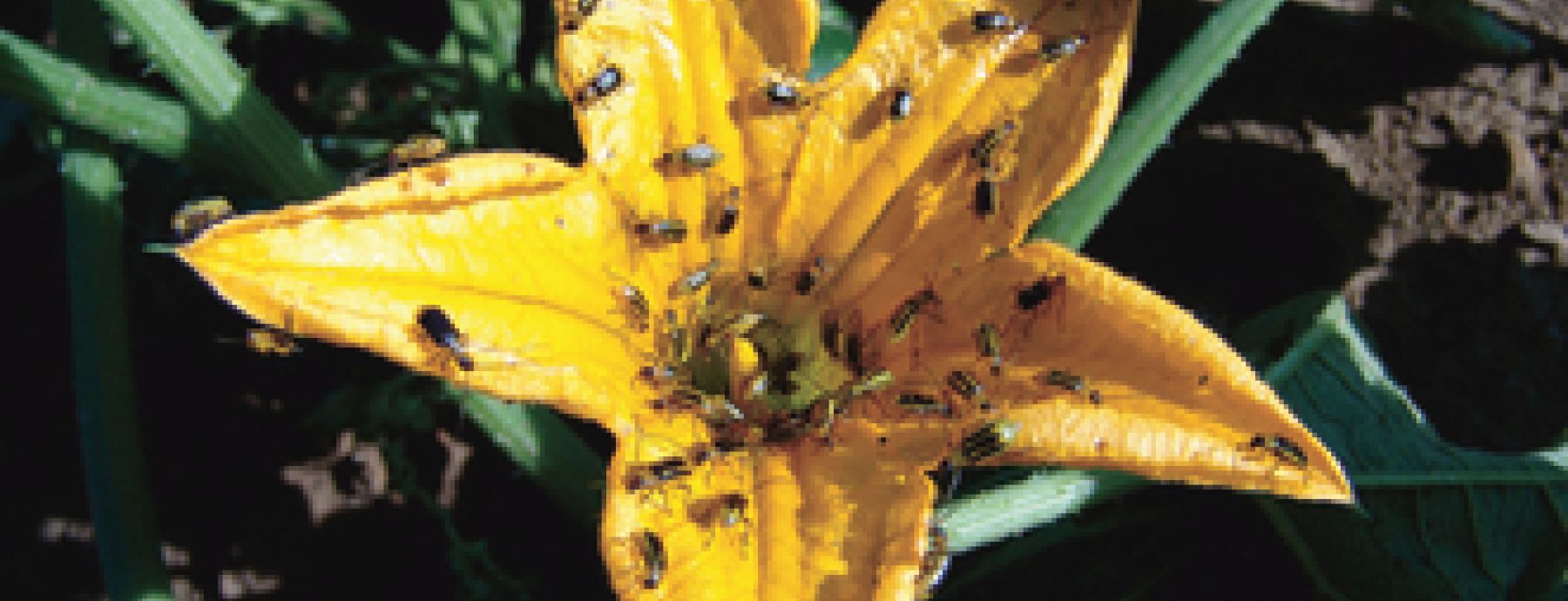As with animals, plants are exposed to a variety of pathogens during mating. In a commentary published this month in New Phytologist, CIDD professor Andrew Stephenson discusses the risk of infection during plant pollination and the various strategies implemented by plants to ward off pathogenic invaders. A recent study by Huang et al. from Virginia Tech and the Max Planck Institute for Chemical Ecology, motivated this commentary. Huang and colleagues found that a chemical in the floral aroma of Arabidopsis thaliana, (E)-beta-caryophyllene, also has antibacterial properties and they showed that this volatile organic compound directly reduced the growth of an important bacterial pathogen. Stephenson also reviewed studies from his research group that show that other floral traits are also involved in the ability of plants to resist pathogen invasion. One particular example is in the wild squash plant, which contains an antibiotic within its nectar to reduce the growth of Erwinia tracheiphila, the pathogen that causes bacterial wilt disease in this plant species as well as other cucurbits. By slowing the growth of the bacteria, this plant reduces the chance of successful infection and increases its chance of survival. Overall, this commentary examines the methods employed by plants to enforce "safe sex" practices that protect them from pathogens during the pollination process.
Written By: Stephenson AG
Paper Url: http://onlinelibrary.wiley.com/doi/10.1111/j.1469-8137.2011.04035.x/full
Journal: 193: 827-829
Journal Reference: 193: 827-829
Paper Id: 10.1111/j.1469-8137.2011.04035.x
